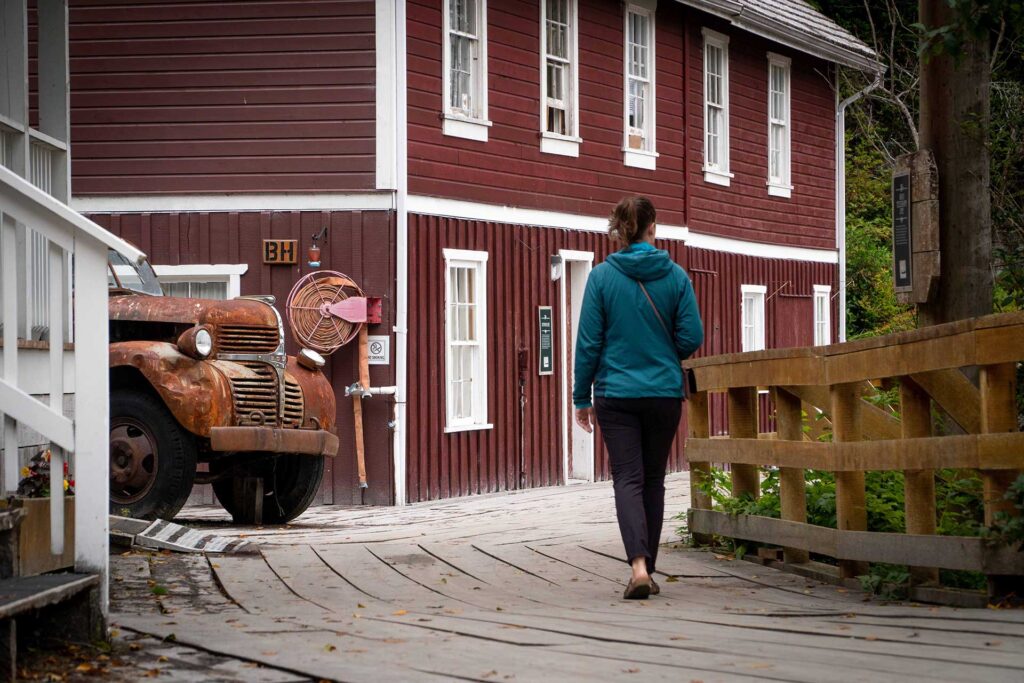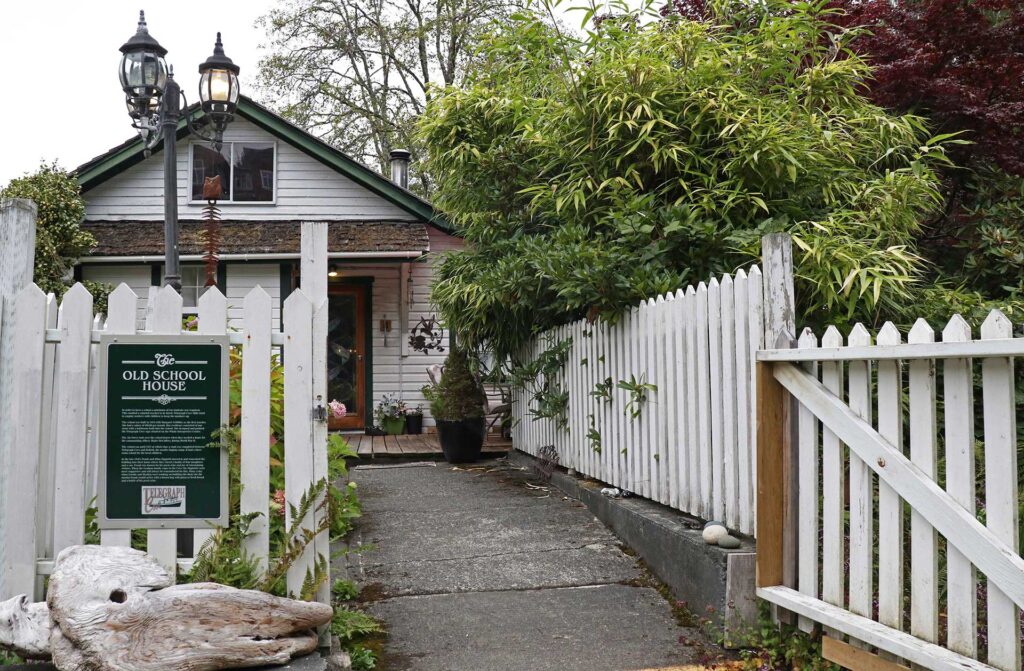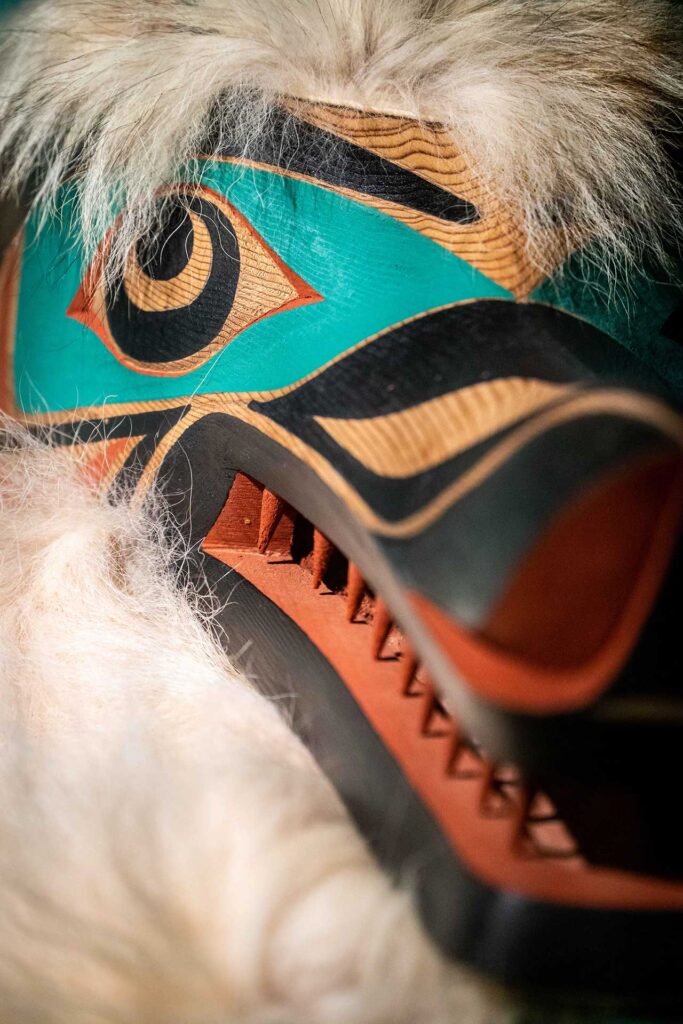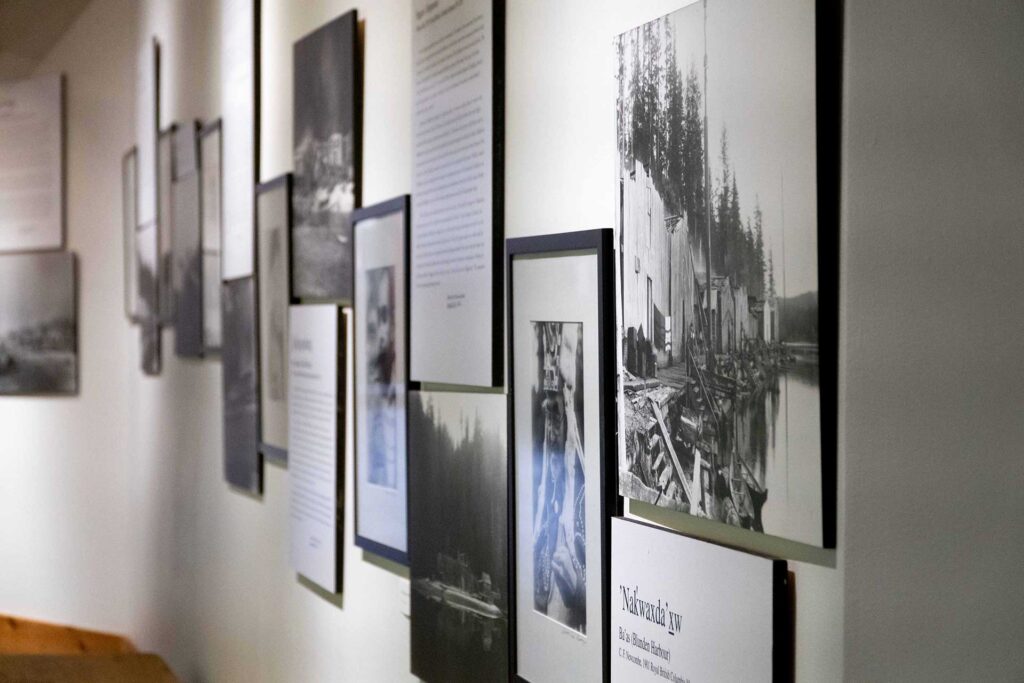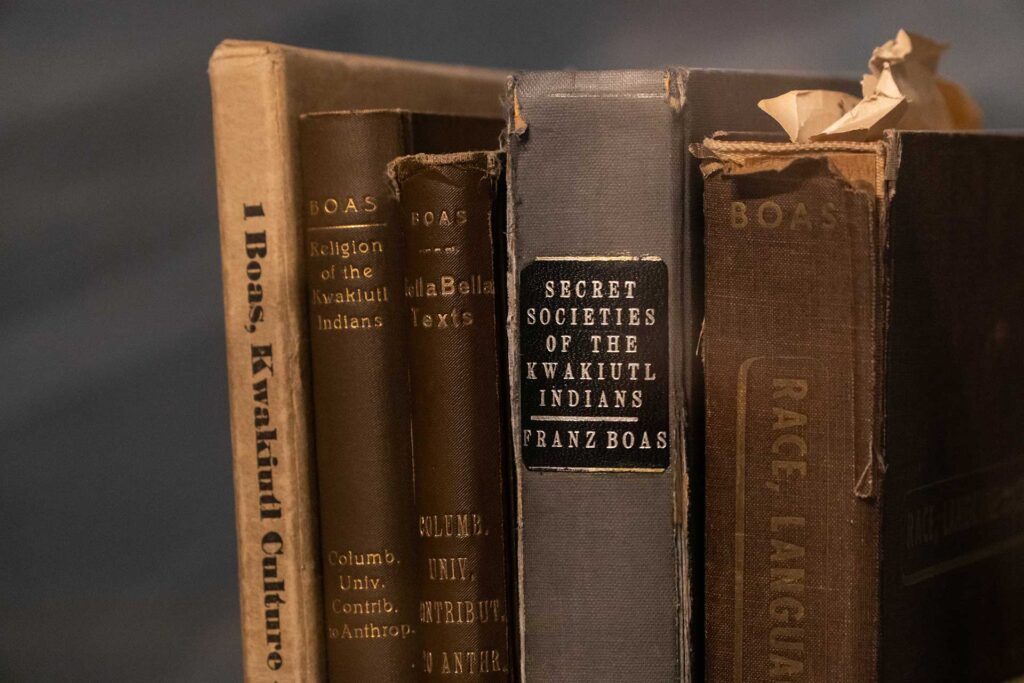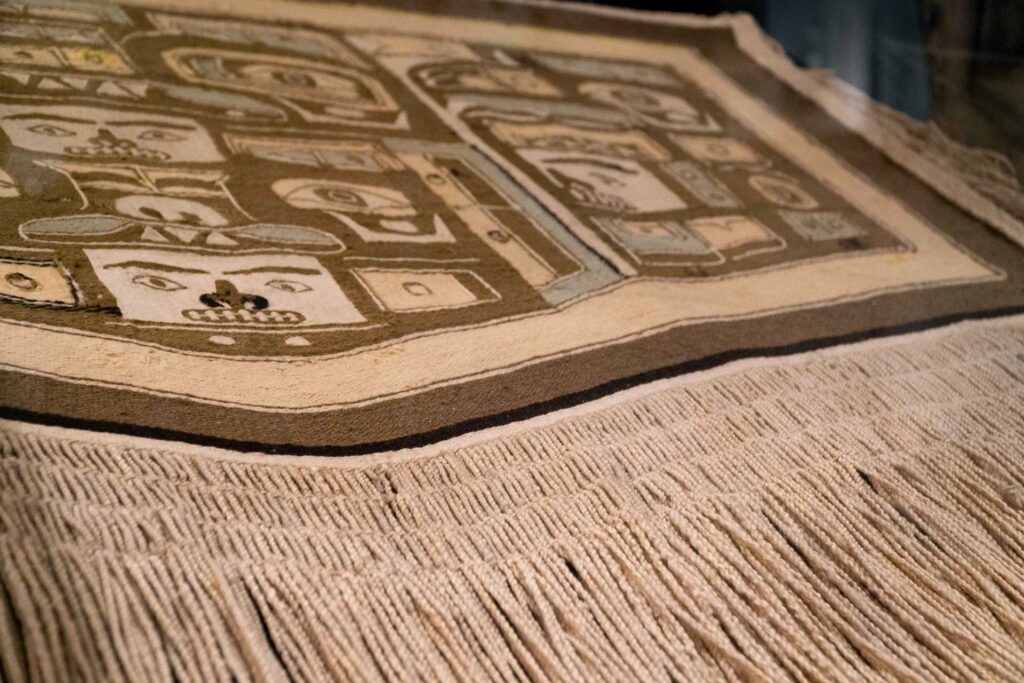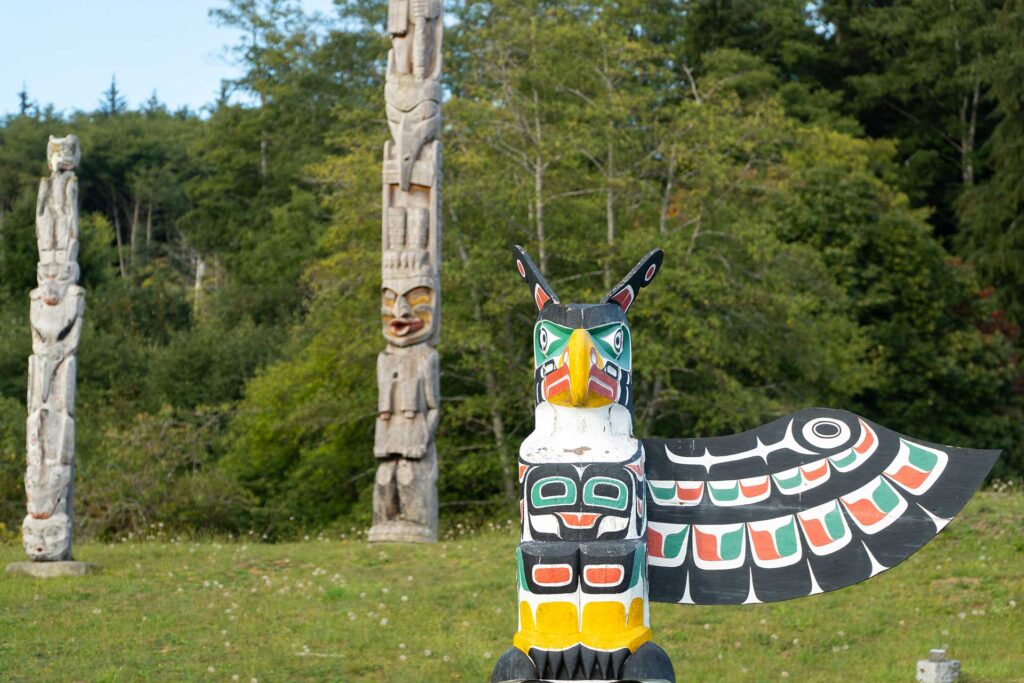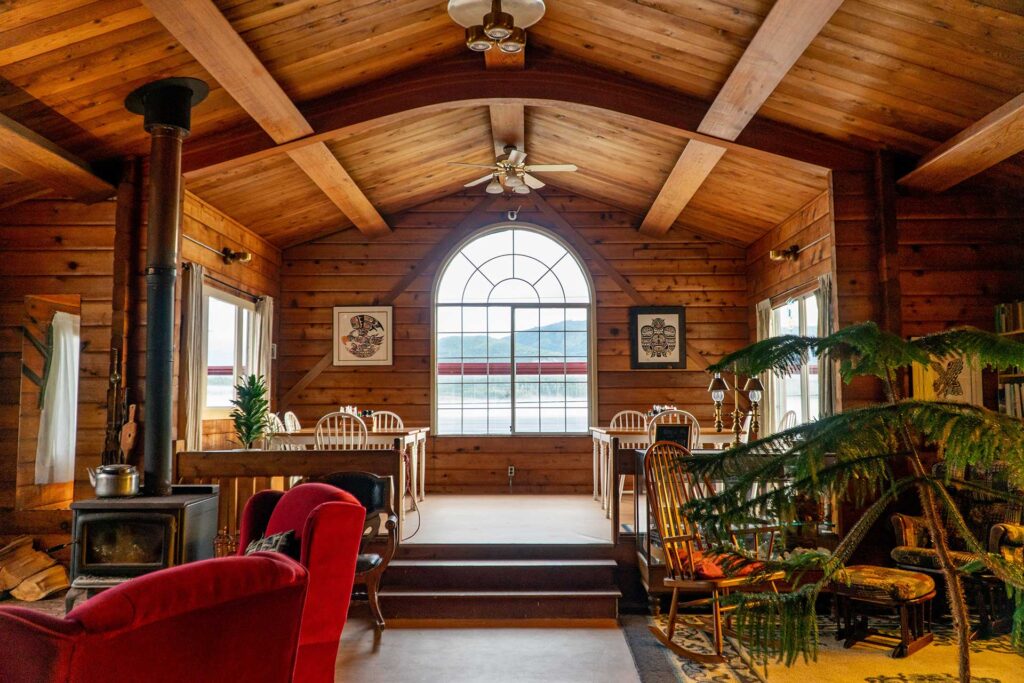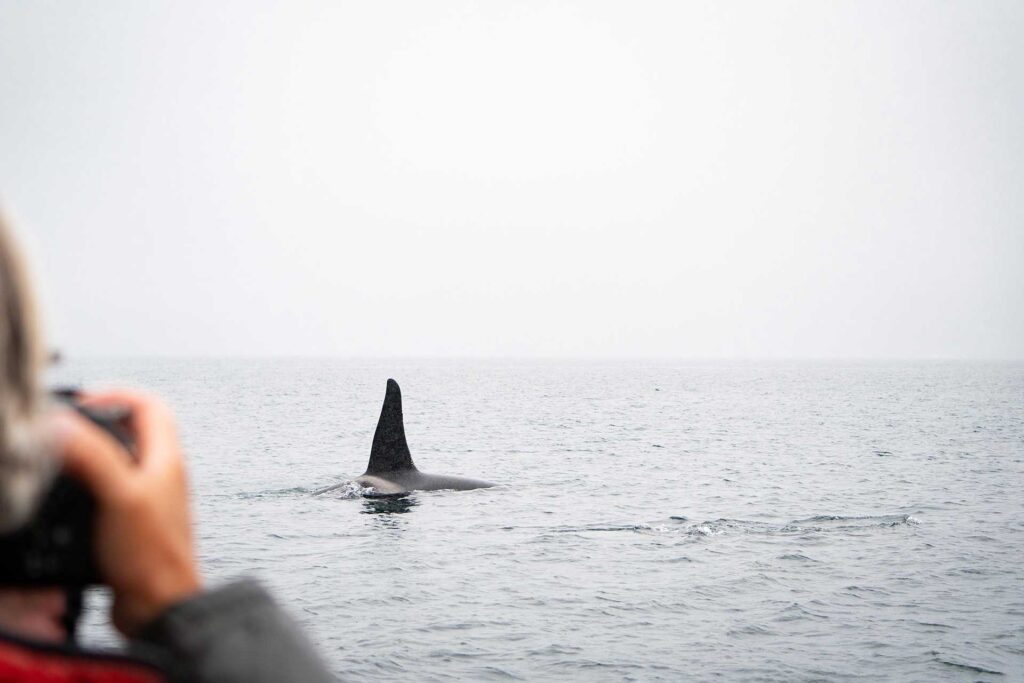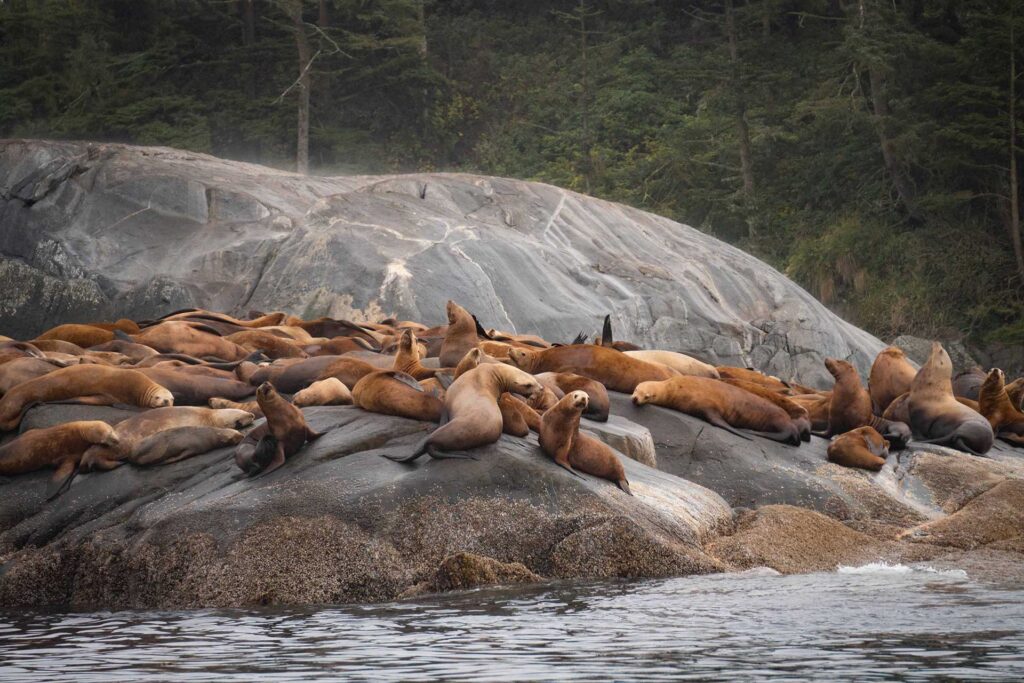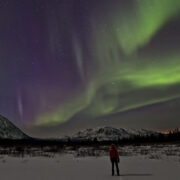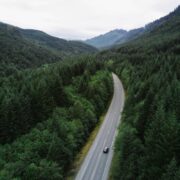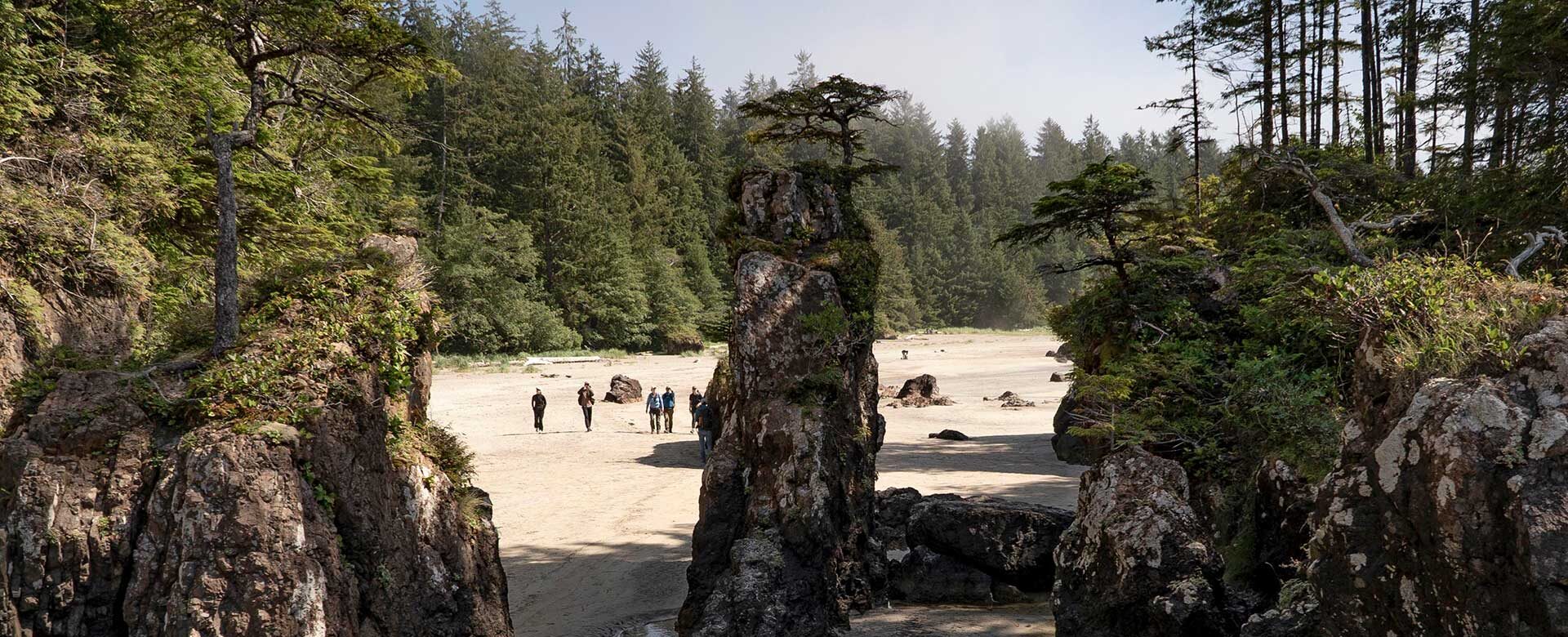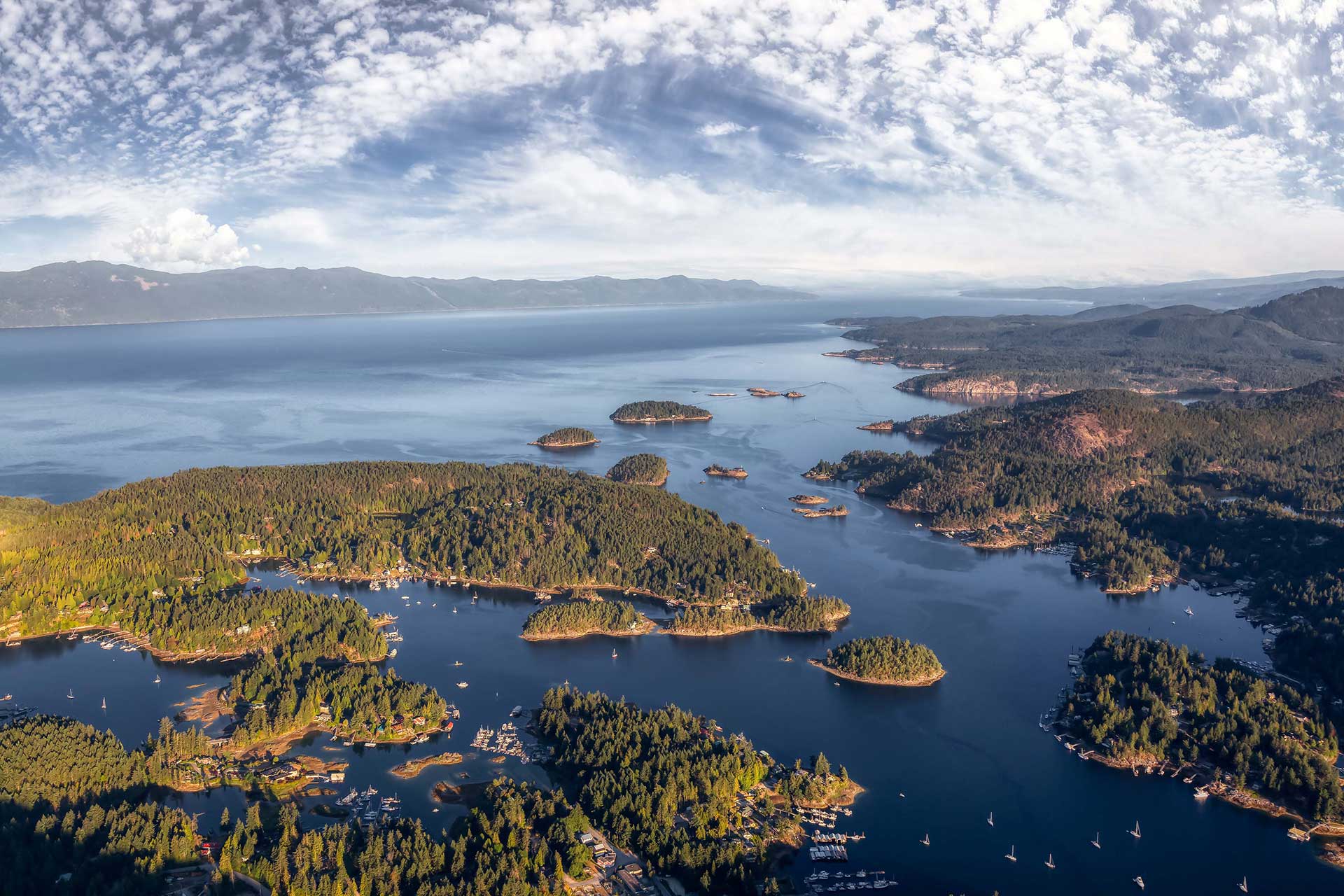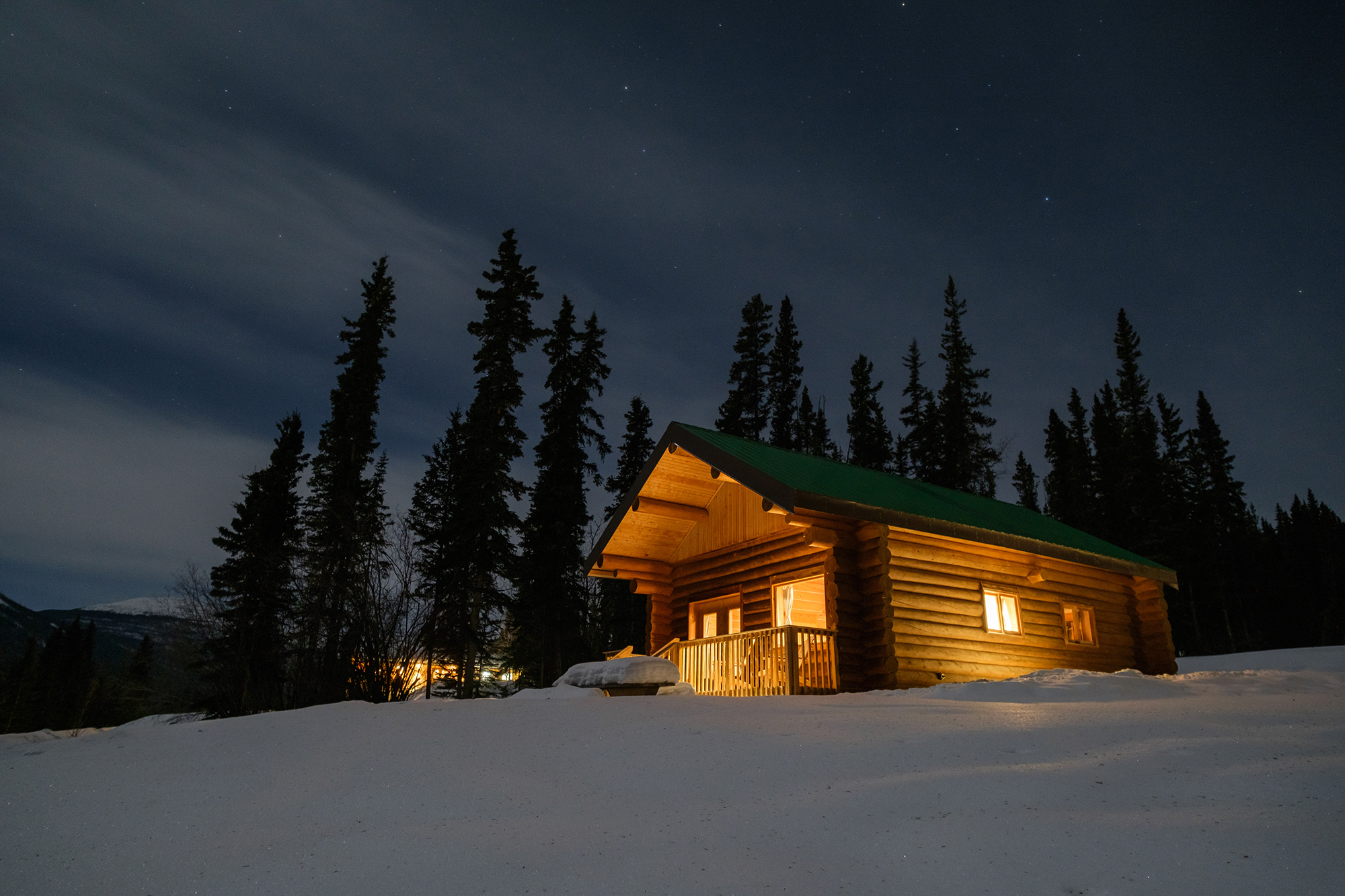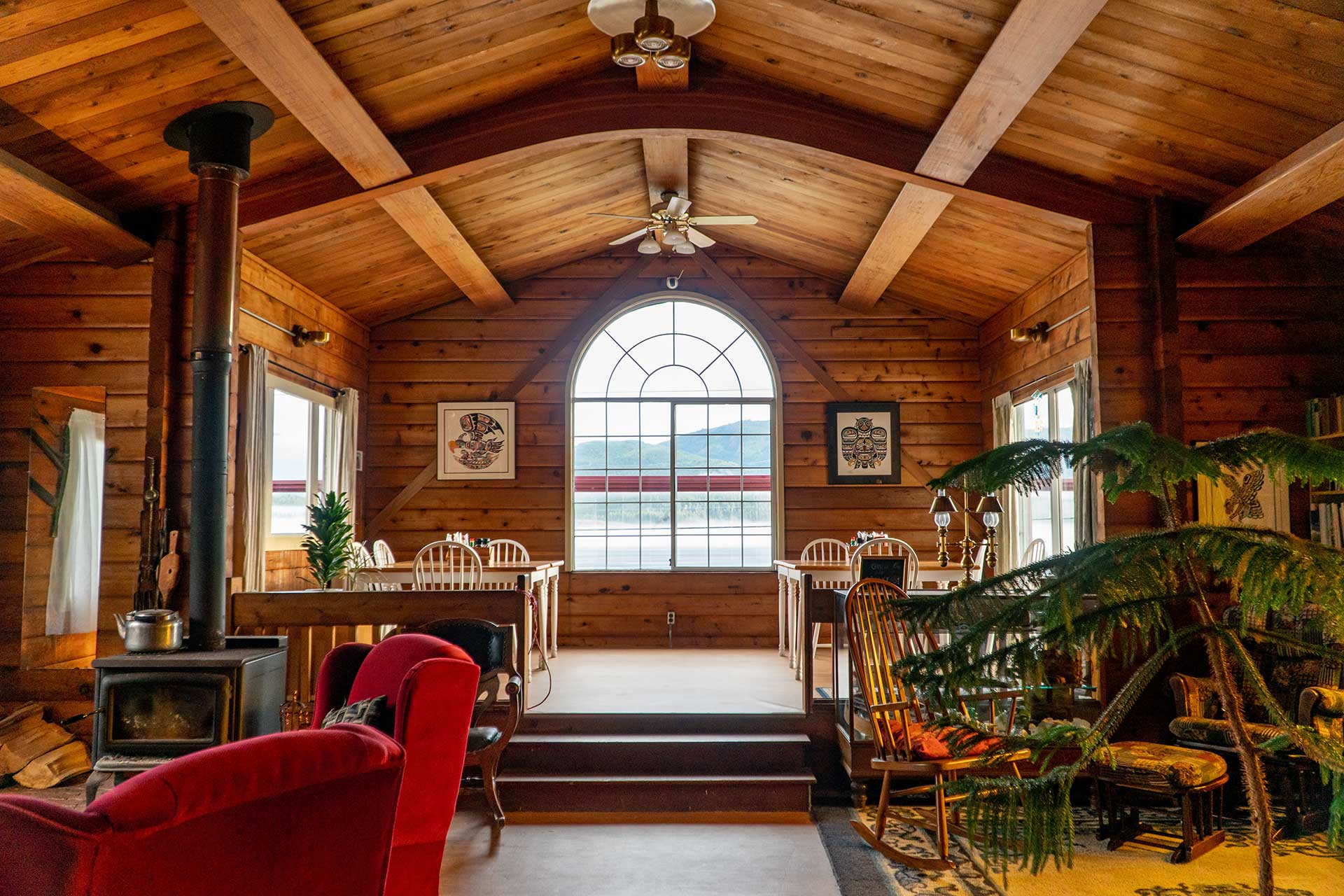
Close to Home: A Cultural Journey to Northern Vancouver Island
Date:
Author:
We all crave that element of the “unknown” when we travel, to be whisked away and experience something we’ve never encountered before. Often we want to learn something new, to gain a new perspective, or to simply take a break from our busy everyday lives. Given the opportunity, the tendency is to seek these experiences abroad – to journey to some far-flung country where we have a near guarantee that the culture and environment will be different from our own. When international travel came to a screeching halt last spring, our team sat down with the goal to create the sort of experiences that would bring that sense of novelty, wonder, and new perspectives, all in our own backyard.
British Columbia proved the perfect destination – with its diverse wildlife, dramatic landscapes, and unique Indigenous culture and history. Our maps showed that the north end of Vancouver Island held a great mix of remote natural wonders and Indigenous-owned and inspired experiences. We set off on a local trip in late August – and these are the cultural wonders we encountered.
*Please note – due to Provincial Health Orders we are not recommending travel beyond your own community right now. This trip took place in August when we were able to venture between communities. We share this story to simply inform, educate, and inspire your travel plans for the future*
Day 1
Our adventure begins at first light at a campsite near the town of Courtenay on Vancouver Island. While the coffee brews on the camp stove, we pack up the site and take a final look at our route on the map. Setting off “up island”, the rain does little to dampen our excitement. As the towns get smaller and the forests grow more lush, we pass the time with talk of all the new adventures to come.
The first stop is Telegraph Cove – a quaint fishing village and previous cannery about 2 hours north of Campbell River. Telegraph Cove was built as a frontier lumber mill in the 1920s, but now consists of a waterfront resort and marina where the historic buildings have been turned into a variety of accommodation, restaurants, and shops. While typically a popular destination for any tourist venturing to this end of the island, we arrive on a rainy weekday, which provided a quieter atmosphere and a sense of calm in the historic village.
A boardwalk weaves through the village and we take a casual stroll by the unique and colourful historic buildings, most with interpretive signage telling visitors the tales of their past. While immersed in the history, we catch glimpses of the modern life around town – a couple of kayakers paddling in the cove, fisherman cleaning their catch on the docks, and other curious tourists meandering the village. The local art shops, café, and tour centre provide for a lovely afternoon and introduction to the North Island.
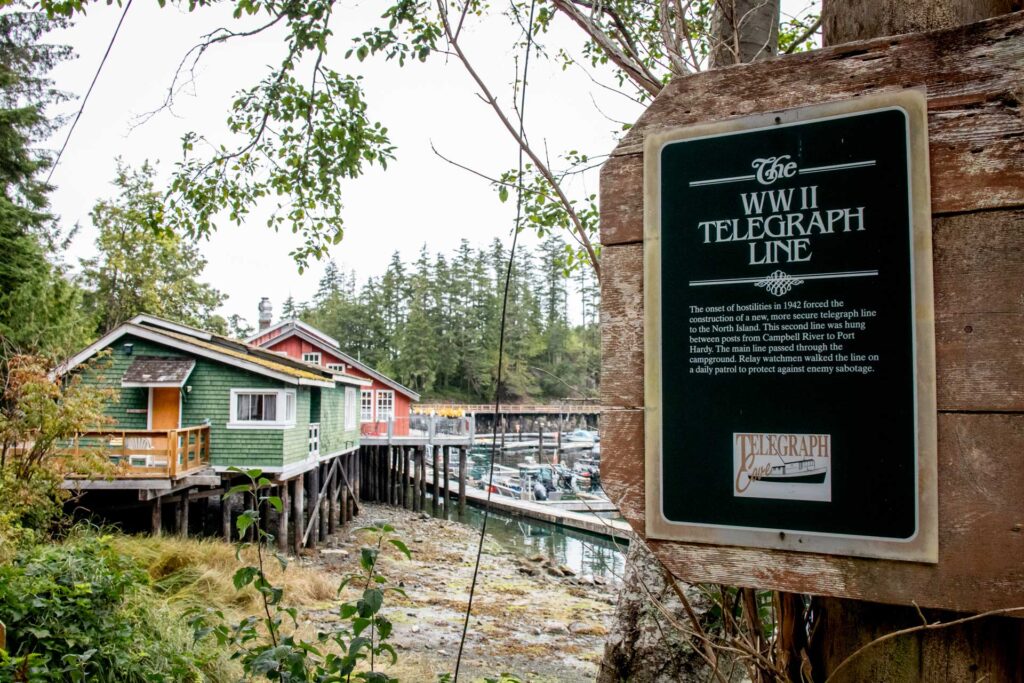
We continue the drive north past Port McNeill to Cluxewe Resort. Owned and operated by the KwakiutlFirstNation, this beautiful beach-front property offers an option for all budgets, from RV and tenting sites to quaint stand-alone cabins along the shoreline. We make ourselves at home as we wander the pebbly beach to the nearby river estuary and salt marsh – a protected wildlife reserve and hotspot for salmon runs. As the sun dips behind the trees, the sweeping ocean view lights up with hues of red and orange.
Only steps from the ocean, the on-site Cluxewe Waterfront Bistro welcomes us for a fine-dining experience beyond expectation. This small, cozy restaurant is nestled between the trees surrounding the campsites and cabins, and offers stunning ocean views from the expansive picture windows.The staff are welcoming and attentive and we watch as the Chef makes his rounds to say hello to guests. Most are his friends or regulars to the restaurant – and we feel right at home. The food is exquisite, featuring local seafood and fresh produce with Indigenous-inspired items like bannock and hummus. We indulge in some local wines, settle into the experience, and toast to the adventures ahead.
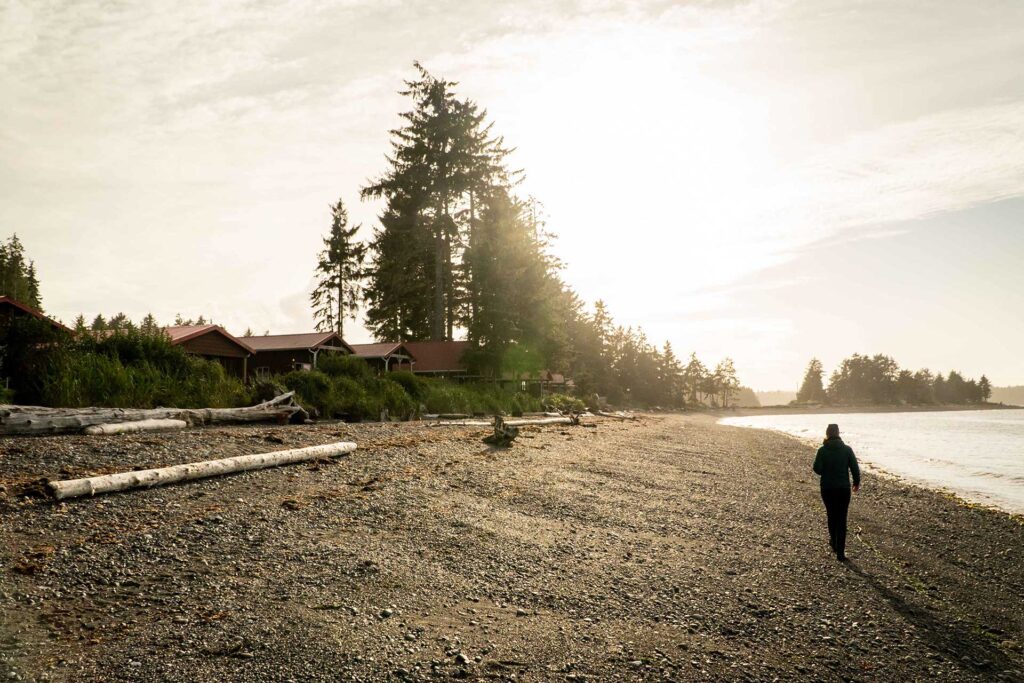
Day 2
The day begins with the sound of waves crashing on the beach, Bald Eagles circling above, and the trees rustling in the wind. We make our way to Port McNeill to catch the electric-powered ferry to Alert Bay – on Cormorant Island. While only 5km long and barely a kilometre wide, this island is a global centre for Indigenous culture and is currently home to the ‘Namgis First Nations and seven of the local Kwakwaka’wakw tribes. It also carries a dark history as the previous site of St. Michael’s Residential School, where children along the north coast of BC from Campbell River to Prince Rupert attended from 1929 until its closing in 1975.
We start with a visit to U’Mista Cultural Centre. Situated on the grounds of the old residential school, this impressive centre is an abundance of information on BC’s Indigenous cultural heritage. First opened in 1980, U’Mista houses one of the most complete and important collections of potlatch regalia in the world. The potlatch collection contains many of the Kwakwaka’wakw people’s most treasured masks and ceremonial objects, which had been confiscated in the 1920s during the potlatch ban in Canada and only recently repatriated. We spend almost two hours here, reading the storyboards and admiring the masks, local art and photographs, and other intricate handmade items throughout the centre. This is my first deeply informative Indigenous experience, and I leave with a myriad of emotions as I process the intensity of the First Nations’ history. This is a part of our country’s past that I wish I had learned about long ago.
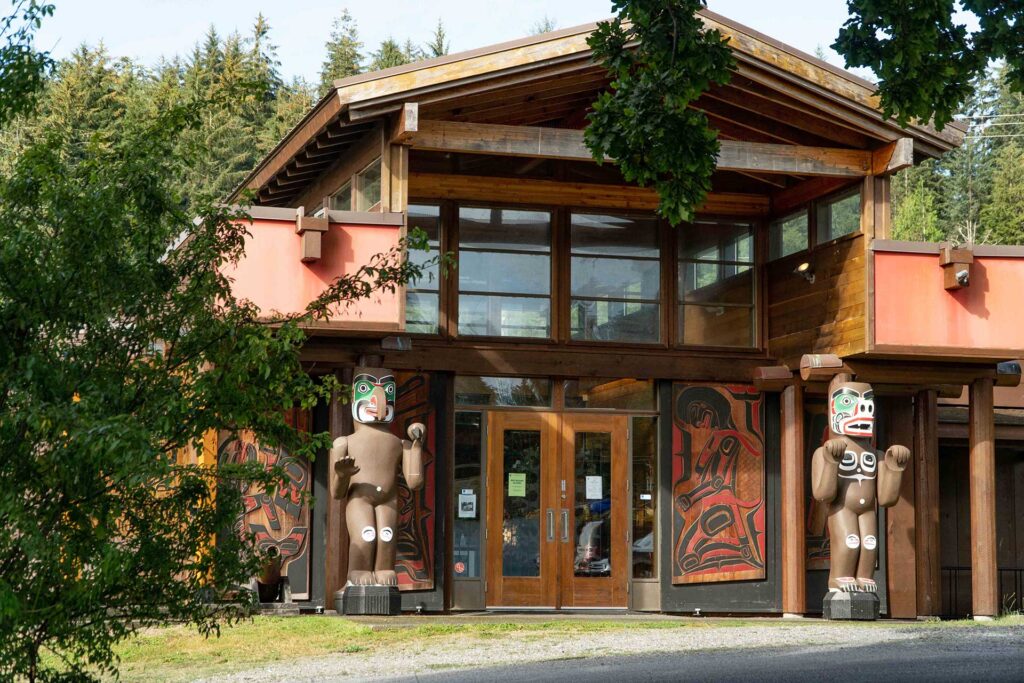
After our time at U’Mista, we make our way back to the main town via a long waterfront boardwalk, stopping for a smoothie at a quaint local gift shop while we watch the boats bob in the harbour. At the town’s Visitor Centre, we meet the friendly woman in charge who tells us more stories of the island’s history and the mix of culture and nature that drew people to creating a life here. She equips us with a range of informative pamphlets and self-guided maps, and we begin our driving tour of the island – starting at the world’s tallest totem pole (173 feet tall) and continuing through the back streets to witness and learn about the significant 35+ other totem poles standing across the island.
After a roadside lunch, we visit the Ecological Gardens at the top of the island. This unique bog-like environment was formed in the late 19th century from the damming of a natural spring with the intent to provide fresh water to the salmon saltery. After it was dammed, the trees around the spring eventually died and later were ravaged by wildlife, however they remain standing 130 years later in an eerie but fascinating setting. A boardwalk leads through the gardens, and connects a series of dense forest trails nearby. Within the living forest, we come across several culturally modified cedar trees where the bark has been traditionally stripped for use in clothing, fishing nets, basket weaving, and rope.
That night, we rest our heads at a quaint, family-run B&B along the waterfront. Featuring home-cooked meals and a cozy couch by the fire, it’s the perfect place to unwind and begin to reflect on all we’ve learned today.
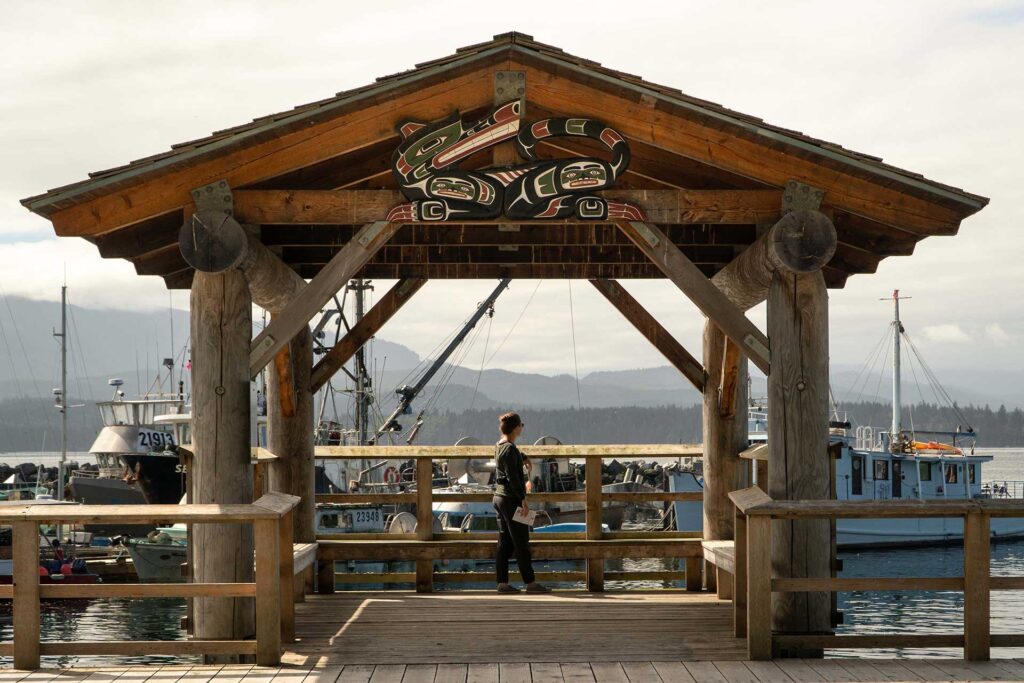
Due to the pandemic, several of the cultural experiences on the island are closed this season – like the popular ‘Namgis Traditional Big House which seats 12,000 people and features regular performances by the T’sasala Cultural Group Dancers. We aim to be a part of this unique experience in 2021!
Day 3
After a relaxing breakfast in the historic main room of the lodge, we take a morning walk along the beach, taking in the crisp ocean air and the sound of waves lapping the shore. The dense morning fog wafts down the channel between us and the mainland, and we watch as it moves mysticly through the trees on the far shore. We catch sight of a pair of kayakers gliding peacefully through the glassy water in the distance, and some local fishermen heading out to find dinner. I hear the faint sound of a humpback whale blow in the distance. The wild coast is welcoming another day.
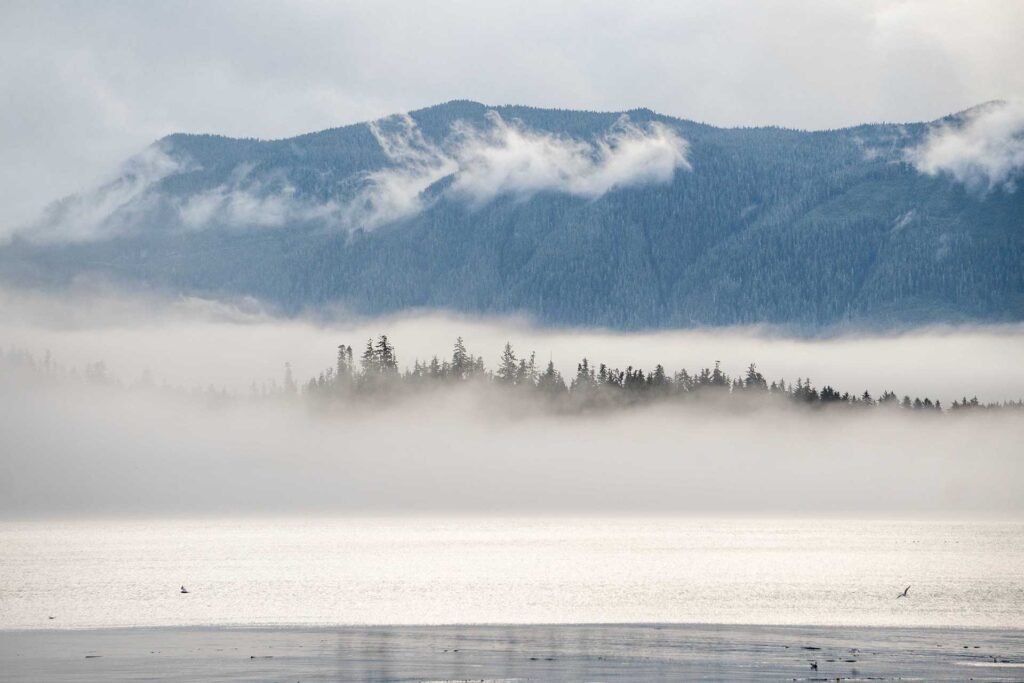
We continue our journey north, with a ferry ride back to the mainland followed by the short drive to Port Hardy – the northernmost town on Vancouver Island and gateway to the Discovery Coast and Inside Passage to Alaska. The first currently known human inhabitants of Vancouver Island settled in this region in 5850 BCE, and it remains the home of the Kwagu’l, Gwa’Sala-’Nakwaxda’xw, and Quatsino First Nations. Although closed this past summer, the neighbouring community of Tsaxis, or Fort Rupert, is a must-visit for its relaxing sandy beaches and the renowned Copper Makers Gallery. Here, Kwakiutl artist Calvin Hunt creates traditional works of art from totems, to canoes and masks.
After a delicious café lunch at a locals’ favourite, we spend the rainy afternoon strolling around town, stopping to take in the history at the Port Hardy Museum before heading to the Kwa’Lilas hotel – our home for the next two nights. Meaning “a place to sleep”, Kwa’Lilas is a haven of comfort in the rugged north island, and welcomes us with open arms. The hotel’s unique design was inspired by the traditional Big House and features red cedar walls and local Indigenous art throughout. The pub has a friendly atmosphere where both locals and visitors alike come to shelter from the rain and enjoy good food with friends.
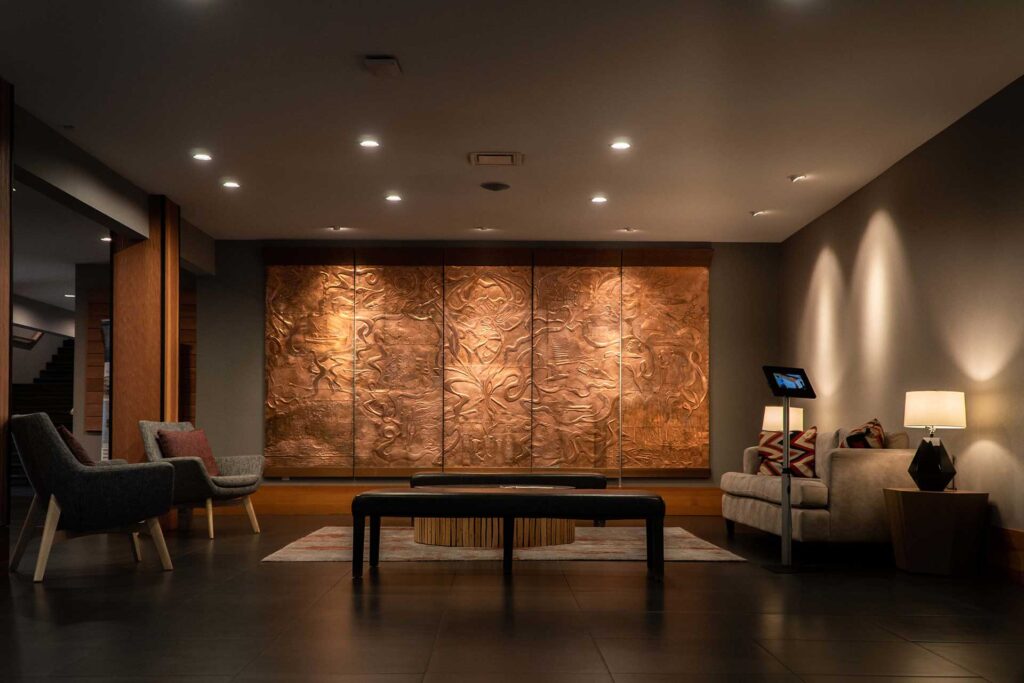
Day 4
On our last full day on the North Island, we head down to the harbour and climb aboard the Big Red zodiac for a day out at sea. The local tour companies on this side of the island are wonderfully connected, sharing stories and trade secrets to provide visitors with the best of local cultural knowledge and wildlife sightings. We venture into remote coves, through open channels, and across to small islands off the mainland in search of orca, humpbacks, and sea otters. Our guide entertains us with stories of the region as we zoom along the water, telling of the history of the Indigenous communities, pointing out abandoned settlements, and sharing with us the important connections between people and this diverse land.
While we had been given modest expectations of the wildlife we’d encounter, as it’s never a guarantee, we end up with more than our share of excitement. After spying a few lazy humpbacks in the distance, we come across a rare sight – a pod of orcas rubbing on the shores of a soft pebbly beach. We learn that this is a relatively unexplained social behaviour and is unique to the culture of this one orca population in BC. Engines off, we float in stillness as our guide lowers a hydrophone into the water, bringing the sound of playful underwater calls and squeals through the speakers. We spot a black bear sauntering along the beach, and watch as a pair of eagles emerge from the fog overhead. It’s an idyllic Pacific Northwest Scene, and we spend nearly an hour taking it all in. Even as the rain starts to fall, I notice the pure joy and wonder that is emanating from everyone onboard. This is immersion at its finest, when your mind is free to truly savour nothing but the present moment.
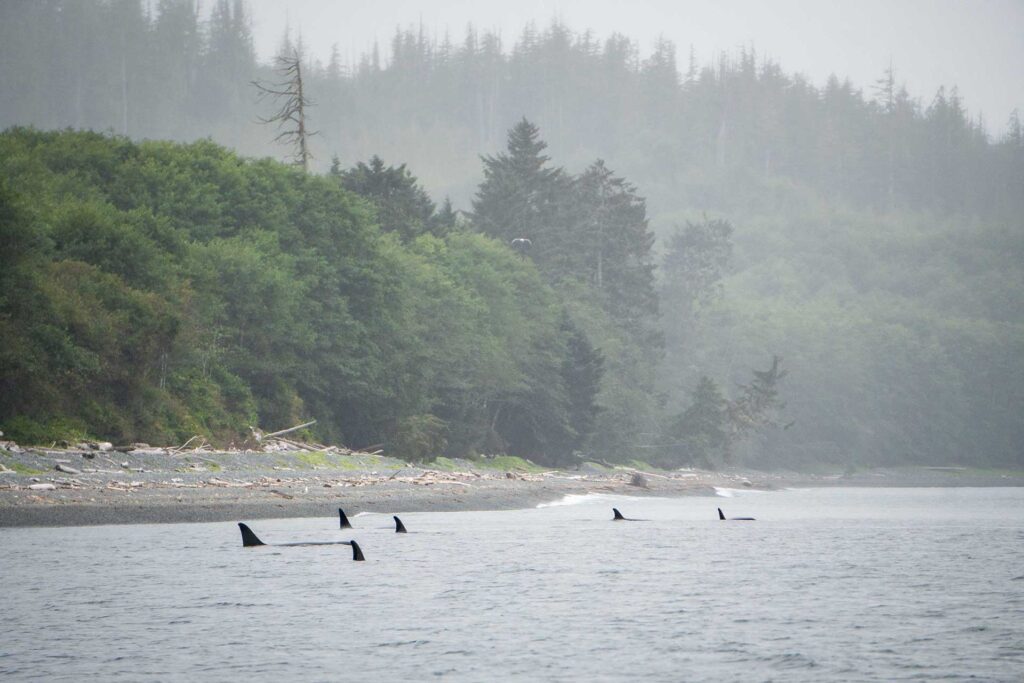
Back on dry land, we celebrate a day well spent with comfort food at the Kwa’Lilas pub. Our last night together on the trip, we spend the evening sharing stories from the days’ passed, reflecting on all we’ve learned and experienced and all there is left to learn from this vast, rugged wilderness of BC.
Day 5
As we set off down island, back to Campbell River for a few nights, I reflect on my favourite part of the trip – that feeling of being out there, away from the crowds, and embracing a part of our country’s culture that, as a Canadian, I am deeply appreciative to have finally experienced.
We have so much opportunity to learn and grow from our surroundings, no matter how far we travel. Now is the time to embrace local – to connect with our cultural history and the beautiful wilderness right here at home.
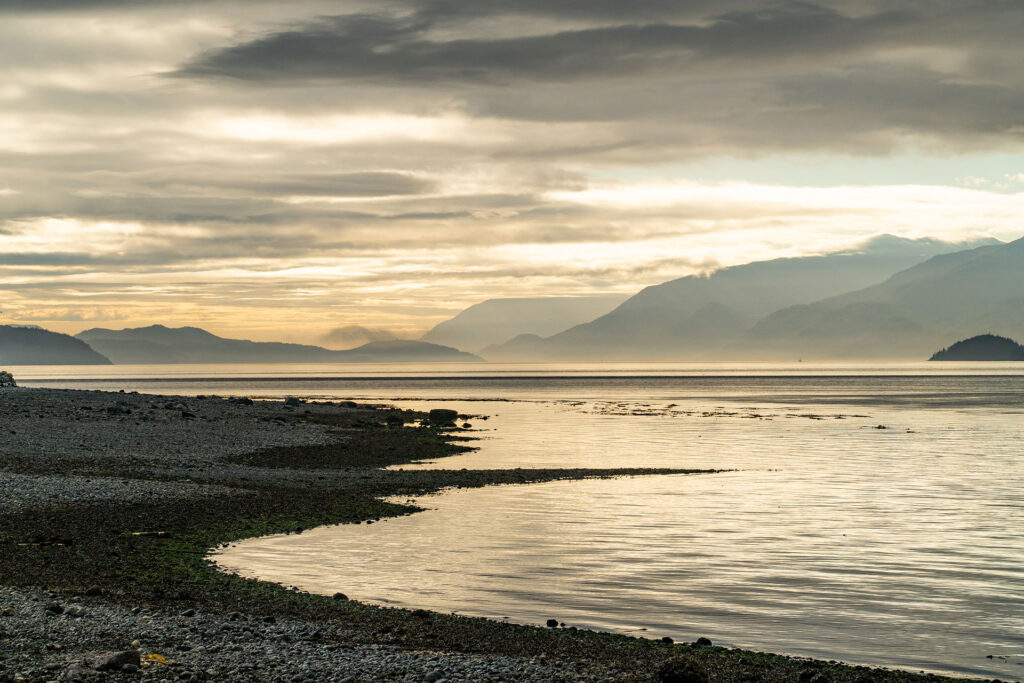
Stay tuned for more adventures on North Vancouver Island – coming soon!
Sources
- Calvin Hunt, Copper Maker Gallery: https://www.calvinhunt.com
- Kwa’Lilas Hotel, Port Hardy: https://kwalilashotel.ca
- U’Mista Cultural Centre: https://www.umista.ca/pages/about-us
- Vancouver Island University: https://www.tourismvi.ca/grow-your-business/travel-media/history/
- Village of Alert Bay: http://www.alertbay.ca/about-alert-bay
- Visit Port Hardy: https://www.visitporthardy.com/discover-explore/heritage-history/ https://www.visitporthardy.com/discover-explore/first-nations-arts-cultural-tours/
